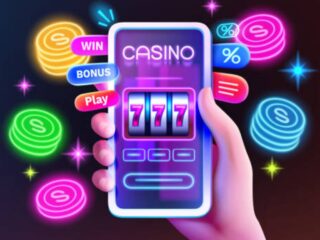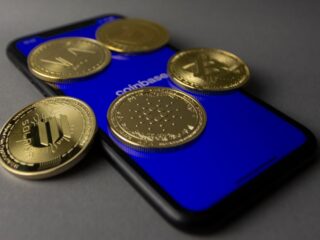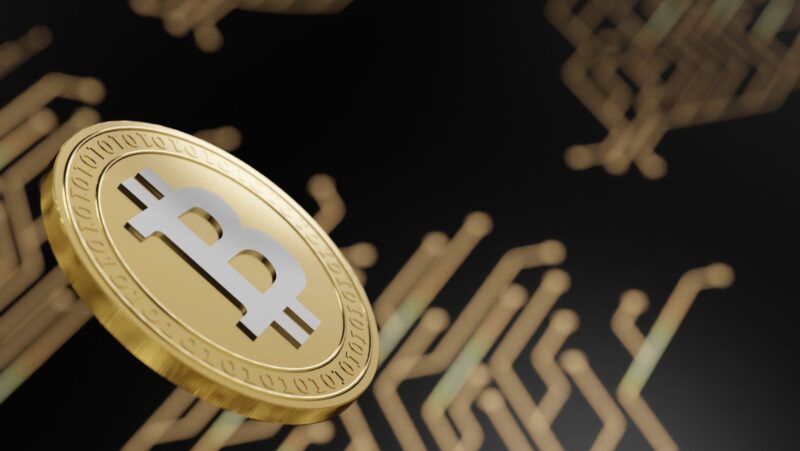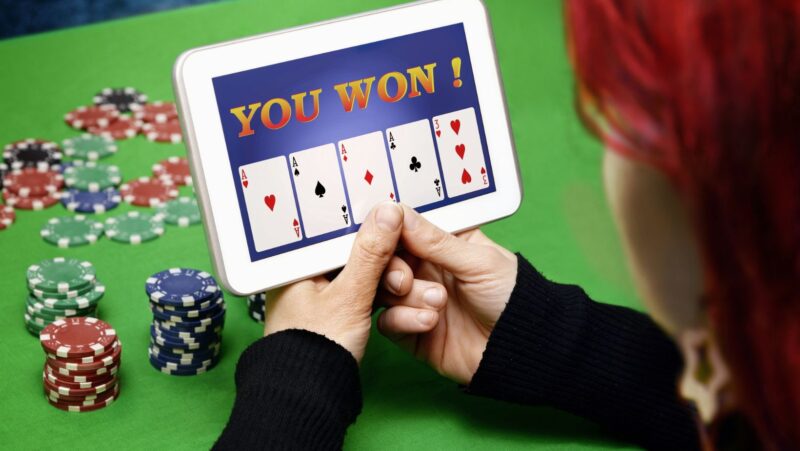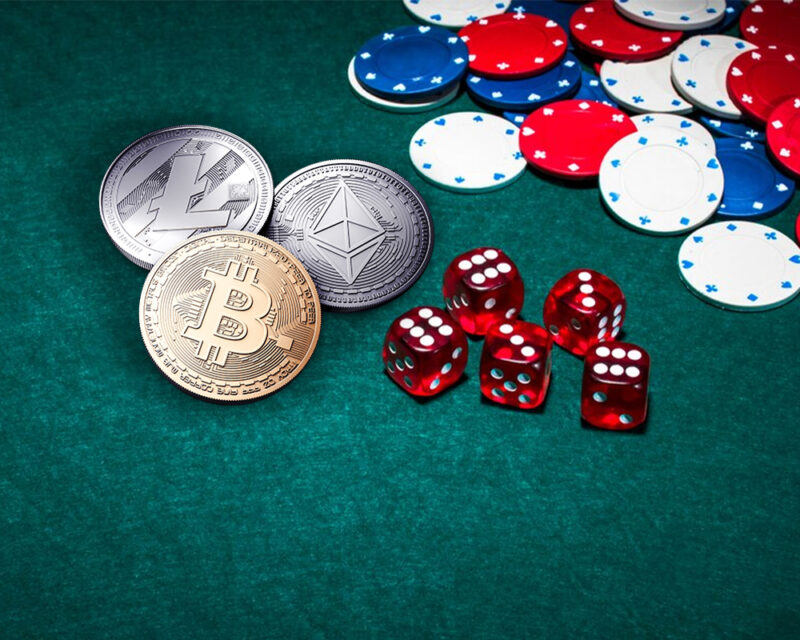
Significant attention and popularity in the cryptocurrency and blockchain sphere recently captivated Non-Fungible Tokens (NFTs); they redefined digital ownership, ushered a revolution of sorts–providing novel opportunities not only for creators but also collectors and investors. This article explores the NFT phenomenon: it investigates its characteristics; scrutinizes diverse applications across industries– ultimately illuminating their transformative impact.
Understanding Non-Fungible Tokens (NFTs)
Non-Fungible Tokens (NFTs), unique digital assets, symbolize ownership or authenticate a specific item or piece of content. Unlike the fungible cryptocurrencies Bitcoin and Ethereum that offer one-to-one interchangeability, NFTs are indivisible; duplication is not possible for them nor do they permit like-for-like exchanges.
Standards such as Ethereum’s ERC-721 or ERC-1155 typically record a unique identifier for every distinct NFT on the blockchain. This immutable record not only guarantees authenticity, provenance, and ownership history of the NFT but also provides verifiable proof of digital ownership.
The Rise of Digital Collectibles And Art
Artists and creators, operating in the realm of digital collectibles and art, utilize NFTs – their most prominent application: they tokenize their digital works including artworks; music; videos—and even virtual assets. These unique pieces serve as collectibles that these talented individuals sell to collectors and fans alike.
NFT marketplaces such as OpenSea, Rarible, and Foundation have emerged as crucial hubs for the acquisition — even interchange — of digital collectibles and art. These platforms open a new avenue for creators: they can commercialize their masterpieces while establishing ties with a global audience of collectors. At the same time, collectors also enjoy advantages by accessing an extensive range of unique digital assets that are unrivaled in terms of variety and rarity.
Tokenizing Real-World Assets
Beyond their application in digital art and collectibles, NFTs also serve to tokenize real-world assets: real estate; intellectual property; luxury goods. Owners gain the capacity for fractionalized ownership–a process that simplifies peer-to-peer trading procedures–by representing physical assets as Non-Fungible Tokens (NFTs) on a blockchain. This action not only unlocks liquidity for previously illiquid holdings but also enhances efficiency throughout these transactions and possibilities in staking crypto.

Real-world asset tokenization introduces new investment opportunities for individuals and institutions. This process enables fractional ownership, democratizes access to traditionally exclusive asset classes. Leveraging blockchain technology further enhances this: Non-Fungible Tokens (NFTs) offer transparency; they guarantee security and immutability—thereby reducing the risk of fraud in transactions that involve these one-of-a-kind digital assets while reinforcing trust.
NFTs in Gaming And Virtual Worlds
NFTs, in the gaming and virtual worlds, are experiencing a burgeoning application: Game developers actively integrate these non-fungible tokens into their games. They thereby create unique–and potentially valuable–in-game assets; characters—highly sought after by players who relish ownership rights over them; and collectibles that hold not just sentimental value but also financial potential for monetization or trading purposes.
Blockchain-based gaming platforms like Axie Infinity, Decentraland, and CryptoKitties spearhead the play-to-earn concept in gaming. These virtual economies–powered by NFTs–not only reward players generously but also enable them to generate income: a model that innovatively blurs traditional boundaries between financial empowerment and entertainment. Furthermore; it incentivizes player engagement–a crucial element for fostering a truly community-driven ecosystem.
NFTs in Identity Verification And Certification
Non-Fungible Tokens (NFTs) are emerging as a potential solution for identity verification and certification. By tokenizing digital credentials, certificates, and licenses with NFTs; individuals can present verifiable proof of their identity, qualifications–even achievements on the blockchain.

Institutions – universities, employers, and certification bodies can streamline the verification process; reduce fraud; enhance portability and interoperability of digital credentials: they issue NFT-based credentials. Individuals maintain ownership and control over their respective qualifications–selectively sharing these with trusted parties enhances privacy while fortifying data security.
Challenges And Opportunities
Creators, collectors, and investors all find thrilling prospects in crypto; yet–challenges and risks also emerge. These encompass issues of copyright infringement, controversies over intellectual property rights – to say nothing of market volatility. Further still—the environmental impact draws significant concern due to blockchain networks’ support of NFT transactions: their energy-intensive proof-of-work consensus mechanisms specifically contribute to this.
We must acknowledge the potential of NFTs to revolutionize digital ownership, create new revenue streams, and empower creators and collectors despite their inherent challenges. The NFT ecosystem evolves and matures; it stands ready for a transformative role in our interaction with digital content and assets—an era that ushers in expressions of ownership within the age of digitization.

